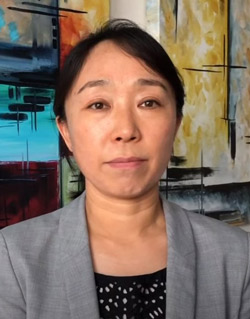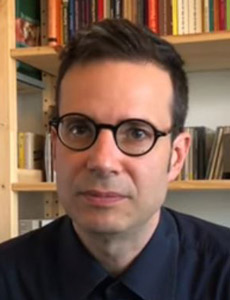Footprints, Signatures, and Survival Factors
On the trail of an elusive marker for HIV reservoir cells
By Jeffrey Laurence, M.D.
Research question
CD4 memory T cells are the primary reservoirs for latent HIV, and they may persist life-long despite antiretroviral therapy (ART). Targeting these reservoirs in order to reduce or eradicate them is essential to controlling or curing HIV, but first they need to be located. Whether specific markers identifying these cells exist, and whether that information could be used to exploit the body’s immune responses to assist in their eradication, is unclear.

Findings
A powerful genetic technique—next-generation gene sequencing—was used to investigate memory CD4 T cells from the peripheral blood of five individuals on ART for 1–15 years and from groin lymph nodes of three individuals on ART for 12–15 years. Collections of protein and other markers, or “ensemble signatures,” were found among latently infected cells in the blood that suggest the cells’ decreased ability to reactivate latent virus and their resistance to destruction by killer T cells and natural killer cells. This protection was confirmed by test tube studies examining latently infected cells’ susceptibility to immune attack. In lymph nodes, latently infected cells showed signatures consistent with promotion of their survival. Such survival factors appear early after ART initiation and grow in prevalence over the years.

Impact
The authors conclude that their work does not support the hope that a single marker might exist to readily identify latently infected cells. The “footprints” they have identified on such cells appear likely to vary among different individuals, influenced by the type and magnitude of anti-HIV immune responses in each person. However, their findings suggest that “strategies designed to intensify and accelerate immune selection of HIV-1 reservoir cells may be of benefit for reducing HIV-1 persistence and introducing a drug-free remission of infection.”
amfAR’s role
amfAR was a funder of this research. Authors of this paper include amfAR grantees Xu Yu, M.D., of the Ragon Institute of MGH, MIT and Harvard, and Mathias Lichterfeld, M.D., Ph.D., of Brigham and Women’s Hospital/Ragon Institute.
Original article
http://www.ncbi.nlm.nih.gov/pubmed/36599977
Dr. Laurence is amfAR’s senior scientific consultant.
Share This:
